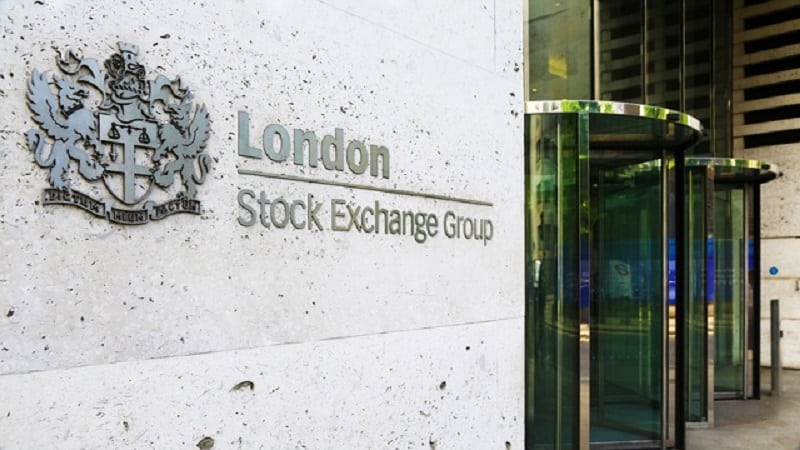It is true emerging markets face major cyclical headwinds, but their long-term potential to outgrow developed markets, and therefore close the GDP-per-capita gap (in other words, to achieve ‘convergence’) remains very much alive and well.
The dangers of short-sightedness
A simple look at growth in emerging market GDP per capita relative to the US since 1991 illustrates the murkiness inherent to judging convergence at any given moment in time. In real terms, growth in emerging market GDP per capita has outpaced the US by an average of 2.5% over this period. However, that long-term growth from emerging markets has come with fairly massive speed bumps. Consider the strong expansion of the US during the 1998-99 period juxtaposed with the Asian financial crisis wreaking havoc across emerging markets. If you had taken a snapshot at that moment, and used that to extrapolate a long-term growth rate,
Emerging market vs. the US: GDP per capita
you would have expected developed markets to have outgrown emerging markets by 1.4% per year in the foreseeable future.
We know the reality has been dramatically different. Emerging market GDP per capita outgrew the US by 6.5% in the 2007-2009 period of the global financial crisis. Whilst the US economy was staggering through its biggest downturn since the Great Depression emerging markets escaped relatively unscathed, supported by strong Chinese demand and the accompanied commodity super cycle. Once again, had you chosen that moment to extrapolate the long-term trend based on the growth gap in this period, emerging market GDP per capita would have been expected to catch up with the US, in real terms, in just 32 years.
History is full of other examples of the non-linear nature of economic convergence. The convergence of the US with the UK in the late nineteenth century for example, or South Korea’s convergence with the US in the second half of the twentieth century, both look fairly smooth from a long-term perspective. However, a closer look reveals that the narrowing of the growth gap was much more volatile in both cases. History proves that you simply cannot use a short period of GDP outperformance or underperformance to forecast a long-term trend.
Ignore China at your peril
Of course, the elephant in the room for this misguided theory that emerging markets will remain forever subjugated to their developed market counterparts is China. It would be misguided to attempt to formulate any credible theory without incorporating the Asian juggernaut. China accounts for over 19%[3] of the world’s population and is now the second-largest global economy. At the moment, the Chinese economy is suffering significant cyclical headwinds the recent period of below-trend emerging market growth could well continue.
However, investors should not forget the ability of major emerging market countries to influence their own economic development and boost growth — for example, by enforcing the rule of law, mobilising and educating their workforces, and investing in new infrastructure. China’s GDP per capita is still only 22% as big as the US, while its urbanisation ratio is only 53% compare to 83% for the U.S. despite the country’s recent rapid development. We therefore believe that the economic convergence story, driven by a self-reinforcing cycle of urbanisation and industrialisation, still has much further to run.
Urbanisation and GDP per capita growth
As a result, whilst it may be tempting to endorse this notion of dismissing the potential for emerging markets to ever close the gap with the rest of the world, the truth is that it’s just not that simple. The International Monetary Fund’s long-term GDP per capita growth projections forecasts that emerging markets will outgrow developed markets by 2.4% in 2019—a rate not far from the average of the past few decades. The outlook for emerging market convergence, it turns out, does not look quite so bleak after all.











